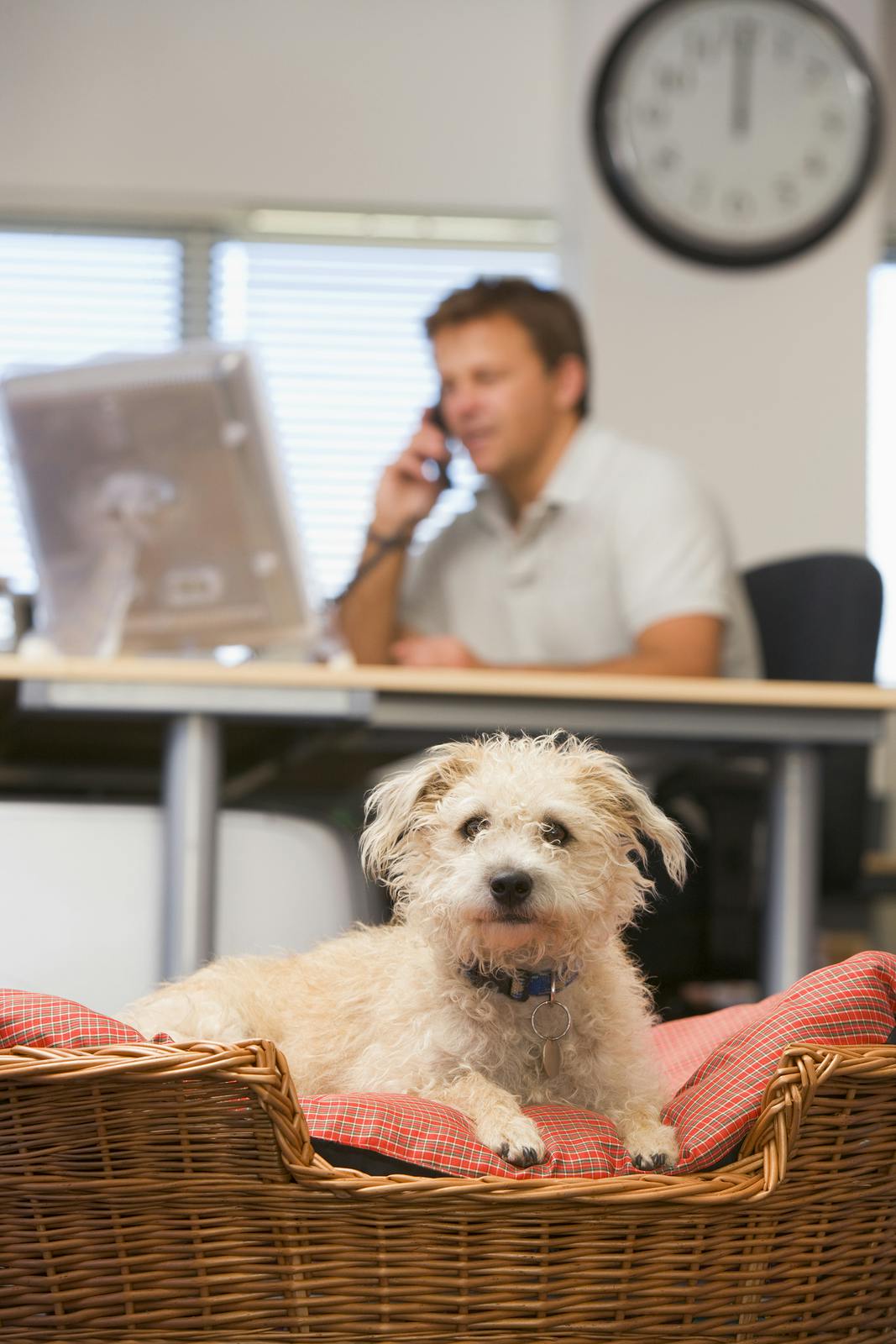Without a doubt, pets have become true members of the family. No longer just “man’s best friend”, but “fur babies” that we love, care for and protect.
A Fortune-Morning Consult Poll reported that 76% of pet owners consider their animals as “beloved members of the family.”
This feeling is just as strong among millennials. In fact, three-fourths of Americans in their 30s have dogs, while 51% have cats, according to a survey released by research firm, Mintel. That compares to 50% of the overall population with dogs, and 35% with cats. It is not uncommon to see millennials filling their increasingly childless homes with multiple pets, bringing their dogs along to a pet-friendly spa weekend, or attending singles mixers at the dog park. Mintel also reports that one in ten pets has its own social media account.
The line between “pet” and “partner” is continuing to blur.
While the complexities of human health insurance continue to be debated, the pet insurance industry is growing at a record-setting rate. As costs for veterinary care rise, Americans from every generation are enrolling in pet health insurance plans to take away some of the financial strain that comes with extending the lives of their furry loved ones.
According to the 2016 State of the Industry report conducted by the North American Pet Health Insurance Association, or NAPHIA, about 1.4 million pets were insured in the U.S. in 2015. That’s up 12% from 2014.
Millennials especially are putting their “fur babies” first and making sure their dogs, cats and other companion animals are covered for veterinary expenses through employee-benefits plans that include pet insurance. This is an increasingly attractive recruiting tool and a help in retaining millennial workers.
In addition to offering pet health insurance as an employee benefit, many employers are allowing workers to bring their pet to work. Multiple studies show that instead of being a distraction, having a dog in the workplace reduces stress and improves co-worker cooperation.
If you are considering allowing workers to bring a pet to work, here are some tips to help you create a fun, safe and efficient pet-friendly work environment:
1. Start small
Begin transitioning your office to a pet-friendly space by designating one or two days a week where employees can bring their pets into the office. This will allow time to adjust, see where changes can be made and transition employees into accepting pets into the work place.
2. Pet-proof your space
With computers, cords, cables and open trash bins throughout an office space, that leaves endless opportunity for disaster (and promises hours of fun for Fido). By making sure these issues are resolved prior to bringing pets into the office, you and your employees can rest easy throughout the day.
3. Set rules and expectations
When bringing pets into the office, you can quickly spot ones who were born to be an office dog, and ones who weren’t. Setting expectations for both pet behavior and employee behavior will have everyone on the same page from day one. From vaccination requirements, cleaning up messes big and small, meeting protocol and even barking, set the ground rules early.
4. Conduct pet interviews
Not all dogs will thrive in an office environment surrounded by strangers and other dogs. Trial each employee’s dog and make sure their temperament is a match for the surrounding employees. While this process may seem mundane, preventing future dog or employee altercations is crucial.
